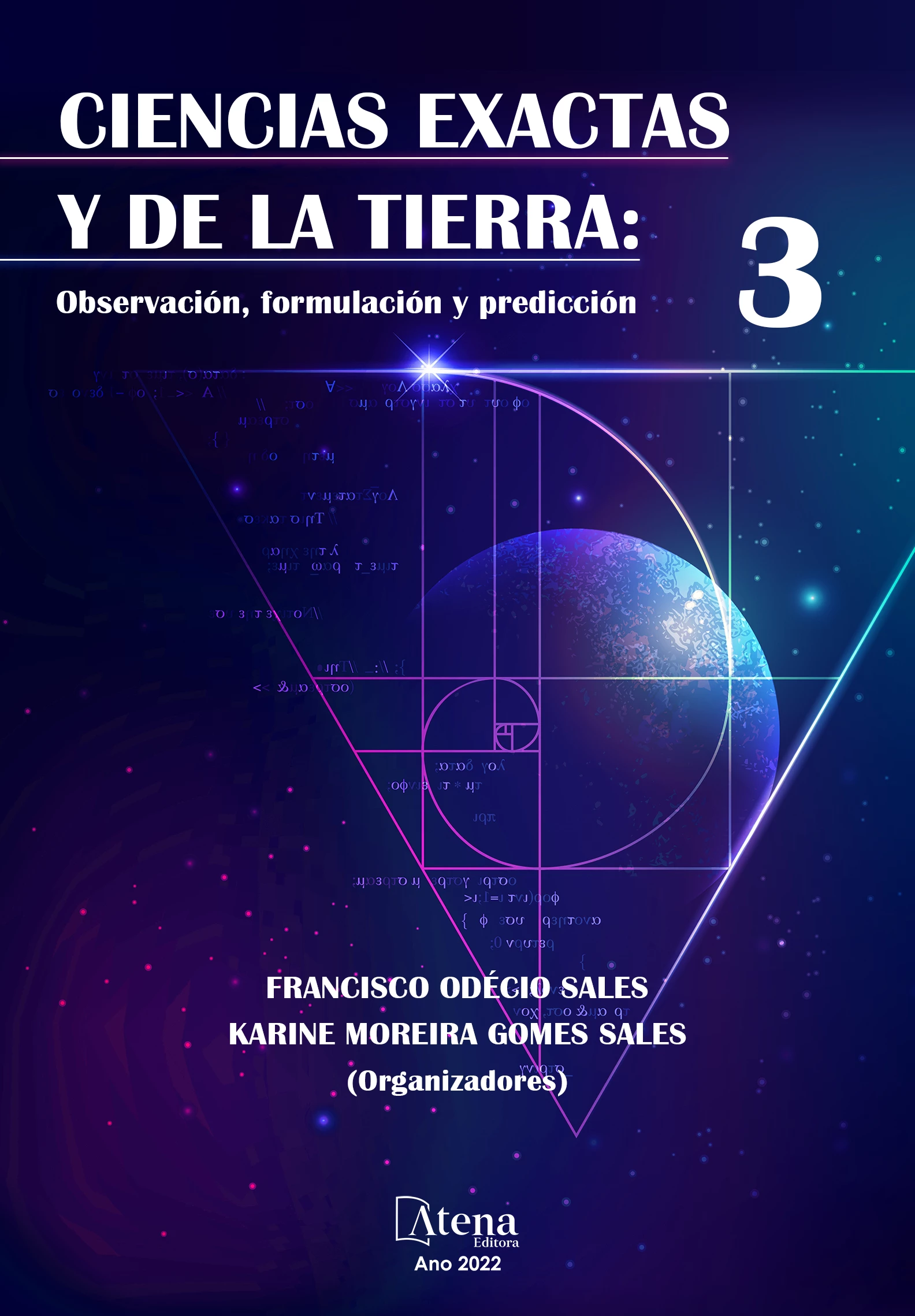
ELABORATION OF ANTISEPTIC GEL BASED ON CALENDULA OFFICINALIS AND TITANIUM OXIDE NANOPARTICLES DECORATED WITH SILVER
The nanometer size (1x10-12m) confers the ability to penetrate different biological membranes, increasing the effectiveness for the use of treatments and combat diseases. People are susceptible to presenting skin infections that are derived from the increase in contaminating agents present in the environment and microorganisms, such as bacteria and fungi, which have direct contact with the skin. The goal of this paper is to develop an antiseptic gel based on Calendula officinalis extract and nanoparticles of TiO2/Ag at 1 and 3%. TiO2 was obtained by the photodeposition method to generate a synergy that increases its antimicrobial and fungicidal effects for its application. Titanium dioxide nanoparticles were decorated with 3% of their total weight in silver. Antimicrobial tests were performed in vitro media. The eradication of microorganisms was achieved, the gel presented antimicrobial activity, which is favored by increasing the concentration of nanoparticles and materials involved such as the extract of Calendula officinalis and TiO2/Ag 3%.
ELABORATION OF ANTISEPTIC GEL BASED ON CALENDULA OFFICINALIS AND TITANIUM OXIDE NANOPARTICLES DECORATED WITH SILVER
-
DOI: 10.22533/at.ed.5902228075
-
Palavras-chave: titanium oxide, antiseptic, Calendula officinalis, nanoparticles, in vitro media, silver.
-
Keywords: titanium oxide, antiseptic, Calendula officinalis, nanoparticles, in vitro media, silver.
-
Abstract:
The nanometer size (1x10-12m) confers the ability to penetrate different biological membranes, increasing the effectiveness for the use of treatments and combat diseases. People are susceptible to presenting skin infections that are derived from the increase in contaminating agents present in the environment and microorganisms, such as bacteria and fungi, which have direct contact with the skin. The goal of this paper is to develop an antiseptic gel based on Calendula officinalis extract and nanoparticles of TiO2/Ag at 1 and 3%. TiO2 was obtained by the photodeposition method to generate a synergy that increases its antimicrobial and fungicidal effects for its application. Titanium dioxide nanoparticles were decorated with 3% of their total weight in silver. Antimicrobial tests were performed in vitro media. The eradication of microorganisms was achieved, the gel presented antimicrobial activity, which is favored by increasing the concentration of nanoparticles and materials involved such as the extract of Calendula officinalis and TiO2/Ag 3%.
-
Número de páginas: 12
- Websix
- Vicente Rodríguez Gonzalez
- Emilia Olivos Lagunes
- Josué Uriel Montaño Martínez
- Juan Manuel Padilla Flores


